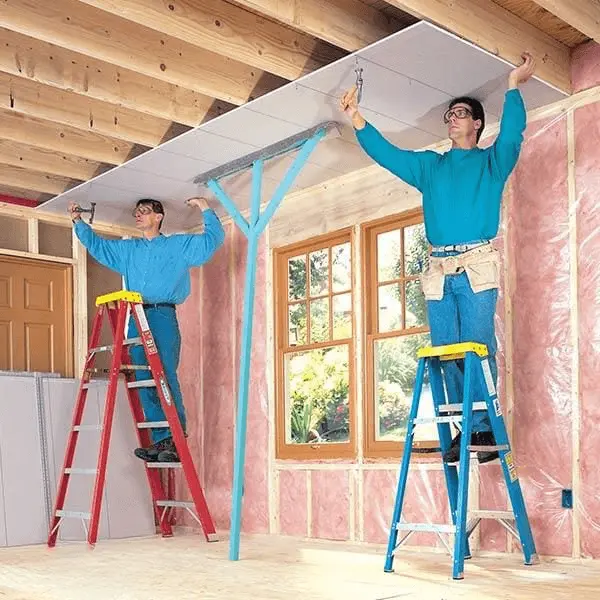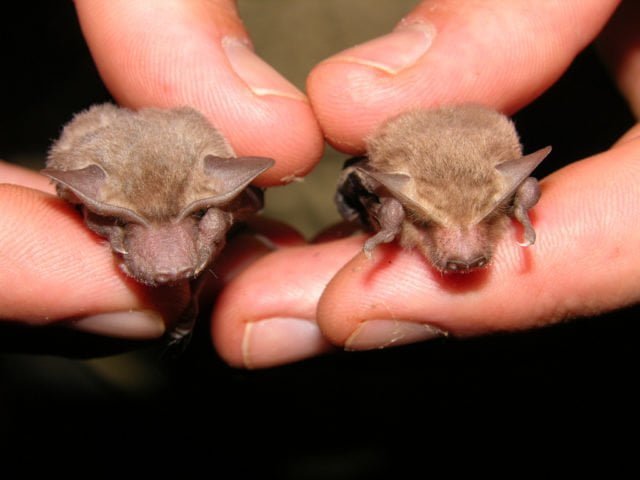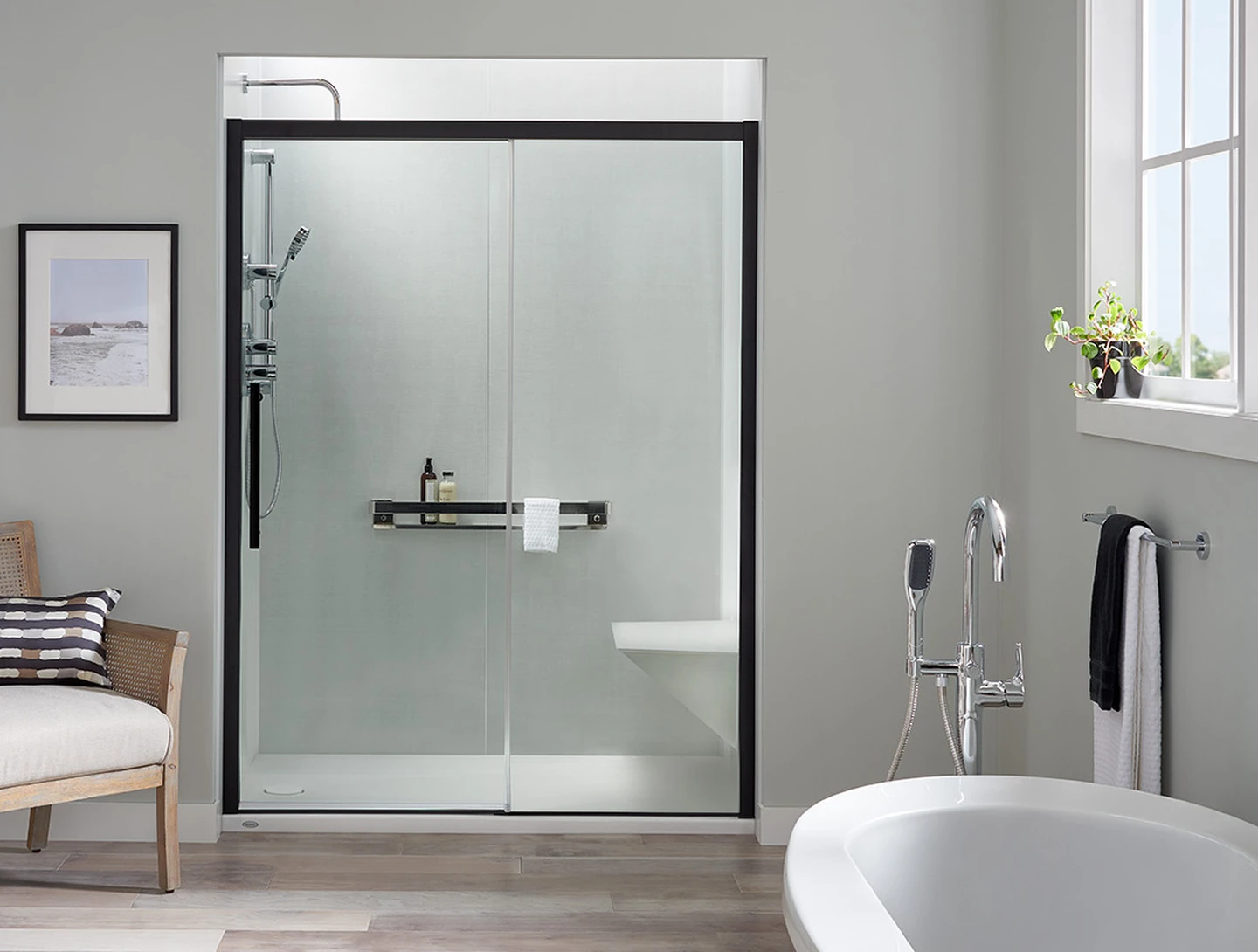Bed bugs are an annoying household insect that has been linked to a variety of medical problems. Bed insect elimination can be difficult; rubbing alcohol is a common solution.
Do bed bugs die when exposed to rubbing alcohol? Learn all about how effective rubbing alcohol can be in the fight against bed bugs.
What Are Bed Bugs?
Cimex lectularius, also known as bed bugs, are small, flat, oval-shaped insects that feed on the blood of humans and other mammals. When fully mature, a bed bug can be up to a quarter of an inch long. Bed bugs have a reddish brown color, yet after a meal their coloring may shift to dark or even black.
Bed bugs feed on human blood by biting at vulnerable skin while people are asleep. Bites typically manifest as itchy, red bumps.
Bed bugs are not known to spread disease, but they can produce a variety of unpleasant symptoms, such as an allergic reaction, stress, insomnia, and even skin diseases from scratching.
Infestations typically begin when bed bugs are transported to a new location on suitcases, couches, and clothing. Crevices, flooring, and other locations can get infested if an infestation is bad enough.
Why Use Rubbing Alcohol?
Isopropyl alcohol, more often known as rubbing alcohol, can be found in most homes’ medical cabinets and first aid kits. It can be used to clean and disinfect wounds and cuts.
Depending on the brand, 70% or 90% isopropyl alcohol is combined with water and sometimes additives like denaturants to create rubbing alcohol.
For bed bug control, some key advantages of using rubbing alcohol are:
- Fast evaporating – rubbing alcohol evaporates quickly, which can help kill bed bugs fast on contact
- Dries out exoskeleton – alcohol can dehydrate and shrivel up bed bugs’ protective outer layer
- Easy availability – rubbing alcohol is inexpensive and easy to find in any pharmacy or grocery store
- No strong odor or stains – it does not leave lingering smells or stains like some chemical pesticides
- Non-toxic to humans – when used properly, rubbing alcohol is generally safe for humans and pets
How Effective Is Rubbing Alcohol Against Bed Bugs?
There are certain restrictions to rubbing alcohol’s efficiency in killing bed bugs, but studies show it can be successful. Several essentials:
- High concentrations (90%+) work best – lower dilutions may not kill on contact. The higher the alcohol content, the faster it can evaporate and penetrate the insect’s exoskeleton.
- Direct contact is needed – alcohol only kills bugs it directly touches. Any bugs hidden in cracks or crevices can survive. Eggs may survive as well.
- Can be irritating to skin – rubs and sprays with high concentrations of alcohol can irritate human skin, eyes, and nasal passages.
- Flammable – alcohol is highly flammable. Caution should be used to prevent ignition sources when applying.
- Not a residual killer – once alcohol dries, it does not leave behind a residual pesticide on treated surfaces to kill future bugs.
- Resistance possible – some studies indicate bed bugs could develop resistance to alcohol with repeated exposure. Rotating treatments delays resistance.
It has been found that isopropyl alcohol at a concentration of 70% or more is effective in killing bed bugs upon contact. However, drinking might not be enough to permanently protect you from pests. For optimal results, use in conjunction with chemical sprays, steam, or other heating methods.
How to Use Rubbing Alcohol Against Bed Bugs
Here are some guidelines for the responsible and efficient use of rubbing alcohol in the treatment of bed bugs:
Supplies Needed:
- Rubbing alcohol or isopropyl alcohol solution – 90% or higher concentration recommended
- Spray bottle, pump sprayer, or spray canister
- Drop cloth or towels
- Gloves and eye protection
- A brush, cotton swabs, or cotton pads
- Zippered bed bug mattress encasements
- Vacuum with crevice tool and bag
Steps:
- Look in places you might not expect, like cracks and crevices, carpet tufts and edges, and furniture. Dead or alive insects, shed skins, eggs, and feces are all telltale signs.
- Bugs can be contained and killed by placing infested goods in plastic bags. Tidy up the treatment area and save time.
- Put down a drop cloth to protect the floor and any furnishings. Use safety goggles and gloves.
- Use rubbing alcohol, either as a spray or applied with cotton swabs, to clean cracks and crevices. Beds, headboards, and mattress seams require extra inspection. Wait until all the surfaces are dry.
- Use bed bug coverings on your mattresses and box springs. Insects that get shut inside will perish. Keep the coverings for a minimum of a year.
- Linens, curtains, and clothes should be washed and dried on high heat to kill any insects or their eggs.
- Spray additional chemical pesticides or sprays in areas where alcohol was not used to eliminate any remaining insects.
- Throw out any furniture that has been contaminated. Put trash in plastic bags for easy hauling.
- Make sure you get every crack, seam, and edge with the vacuum. The vacuum bag should be discarded right away.
- Keep an eye out for any bed bug remnants and apply more alcohol if necessary.
The Bottom Line
If you want to get rid of bed bugs for good, you need to take the time to inspect your home carefully, apply rubbing alcohol directly to the bugs, and combine this method with others that have proven successful. Take the necessary precautions and sober up carefully.
If the infestation persists, it may be time to call in the pros for some pest management. If you’re determined and patient, rubbing alcohol can be a useful tool in your arsenal against bed bugs.







